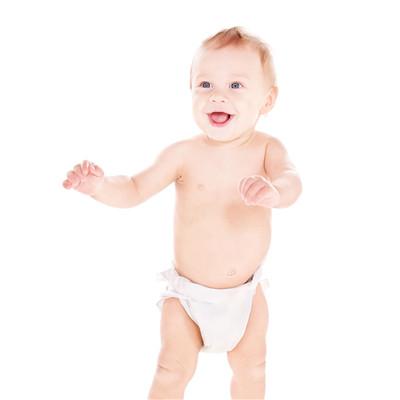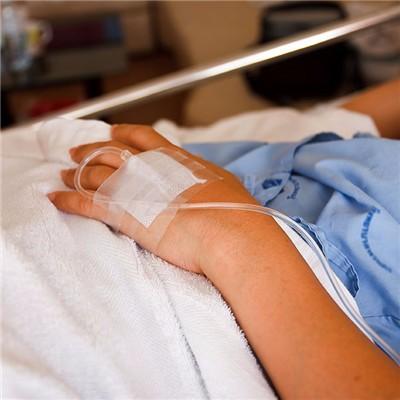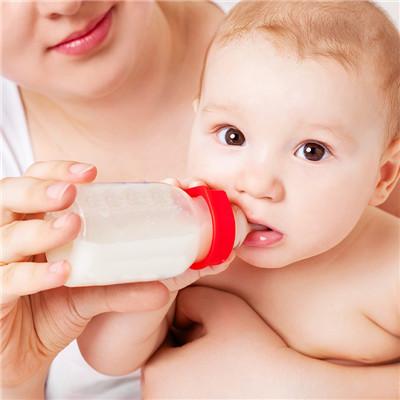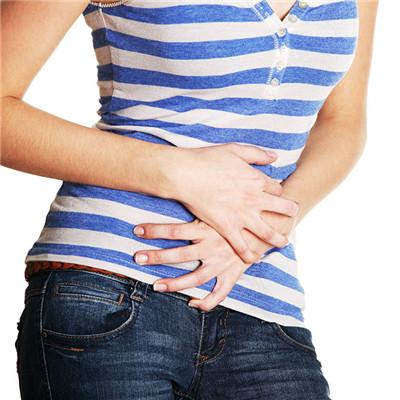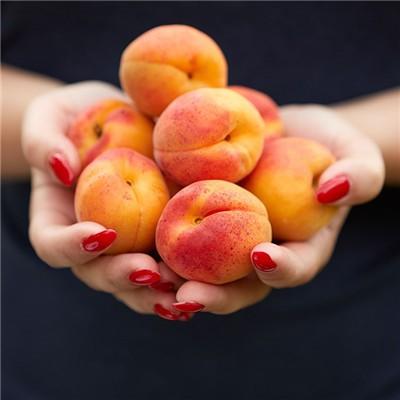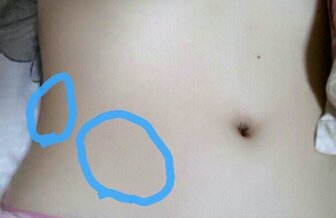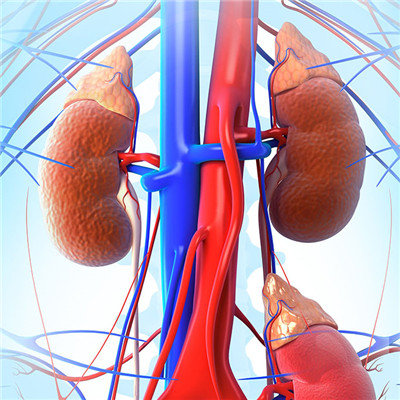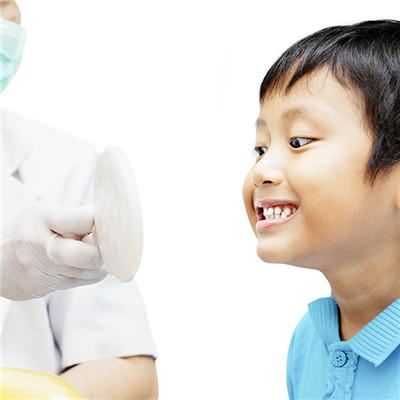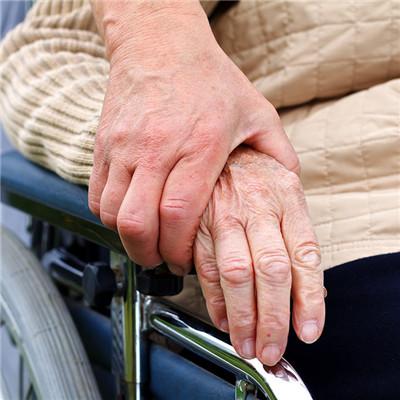Children's allergy to fish
summary
The biggest problem of baby eating fish is that it is easy to cause allergy. The main manifestations of baby eating fish allergy are skin itching, abdominal pain and diarrhea, which can generally subside by themselves. The baby eats the fish allergy, the adult first does not need to worry, the correct response may. This article from the diet, nursing about how to deal with the baby eating fish allergy, let's talk about the symptoms of children eating fish allergy
Children's allergy to fish
1. When the child is found to have rash, vomiting, diarrhea and other allergic symptoms, take the child to the hospital for examination to determine whether the cause is allergy or other disease reactions. Baby is still small, digestive capacity is limited, many enzymes can not be synthesized, or the amount of synthesis is still small. If some macromolecular proteins cannot be well decomposed after ingestion, they will enter the blood and become antigens, causing allergy.
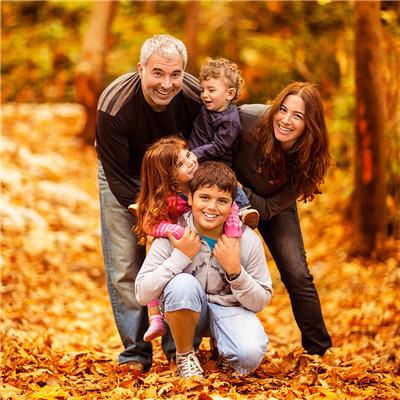
2. Stop eating seafood and new food first. Seafood is generally high protein food. The most common allergic foods in children are milk, eggs, peanuts, nuts, wheat, soybeans, chocolate, fish and shellfish. A mother can keep a food diary to record in detail the food the baby eats every day and the reactions of the baby to these foods during a certain period of time.

3. After allergy, many erythema or small papules will grow on the skin surface, with obvious liquid exudation. If you scratch, the skin will fester. Cut your baby's nails short and don't let him pick eczema with his hands to avoid infection.
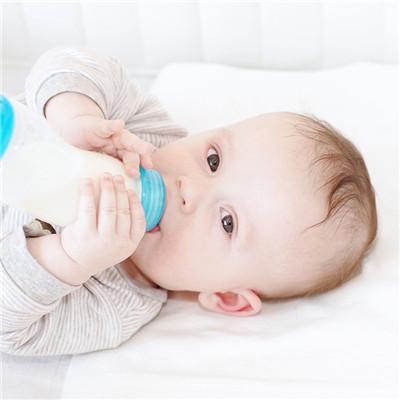
matters needing attention
Special attention should be paid when taking a bath. Try not to let the sore face soak in water or bath liquid for a long time to prevent infection. To give the baby to choose a special baby bath, do not use strong irritant soap, so as not to stimulate the baby wound skin
